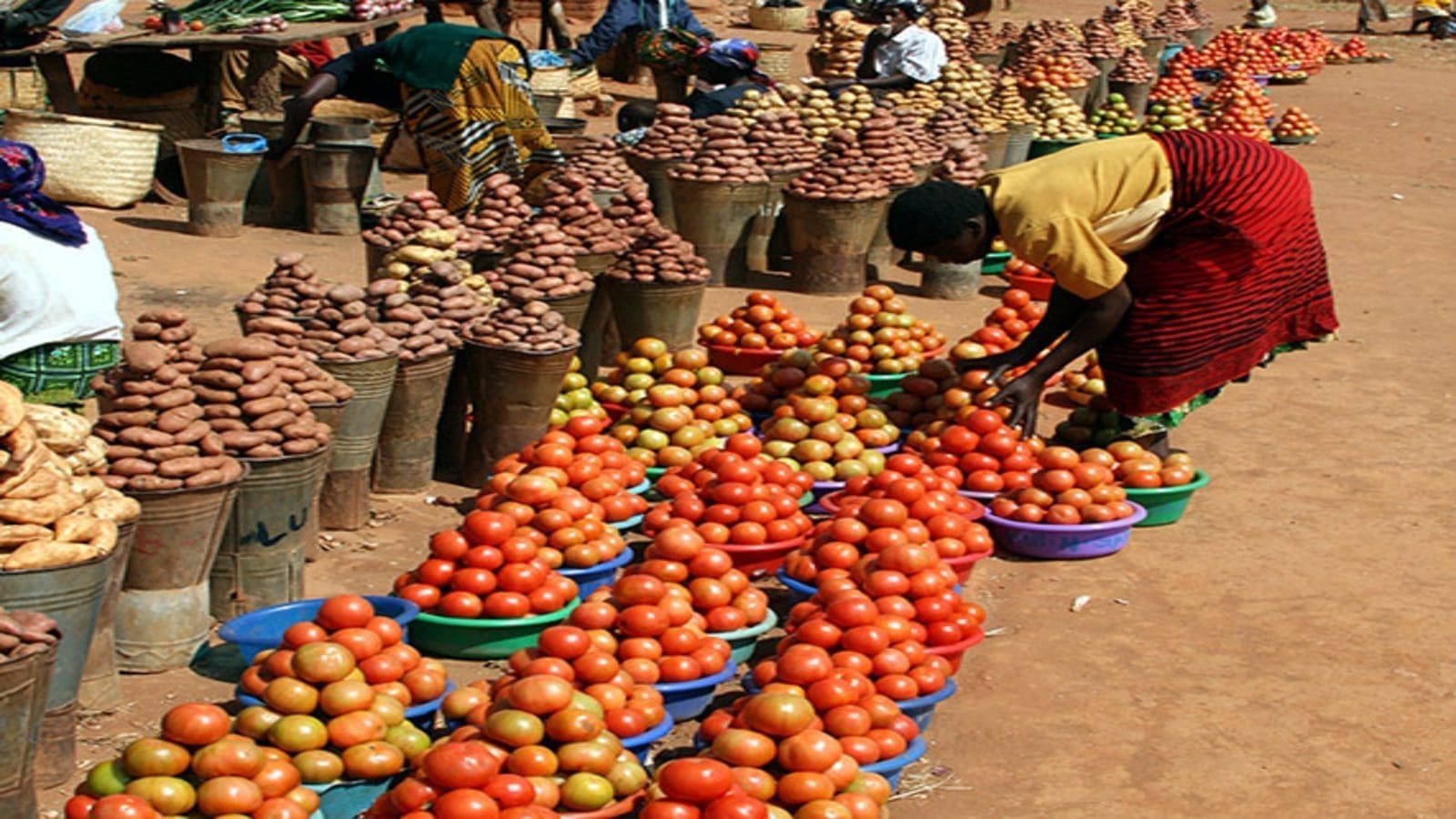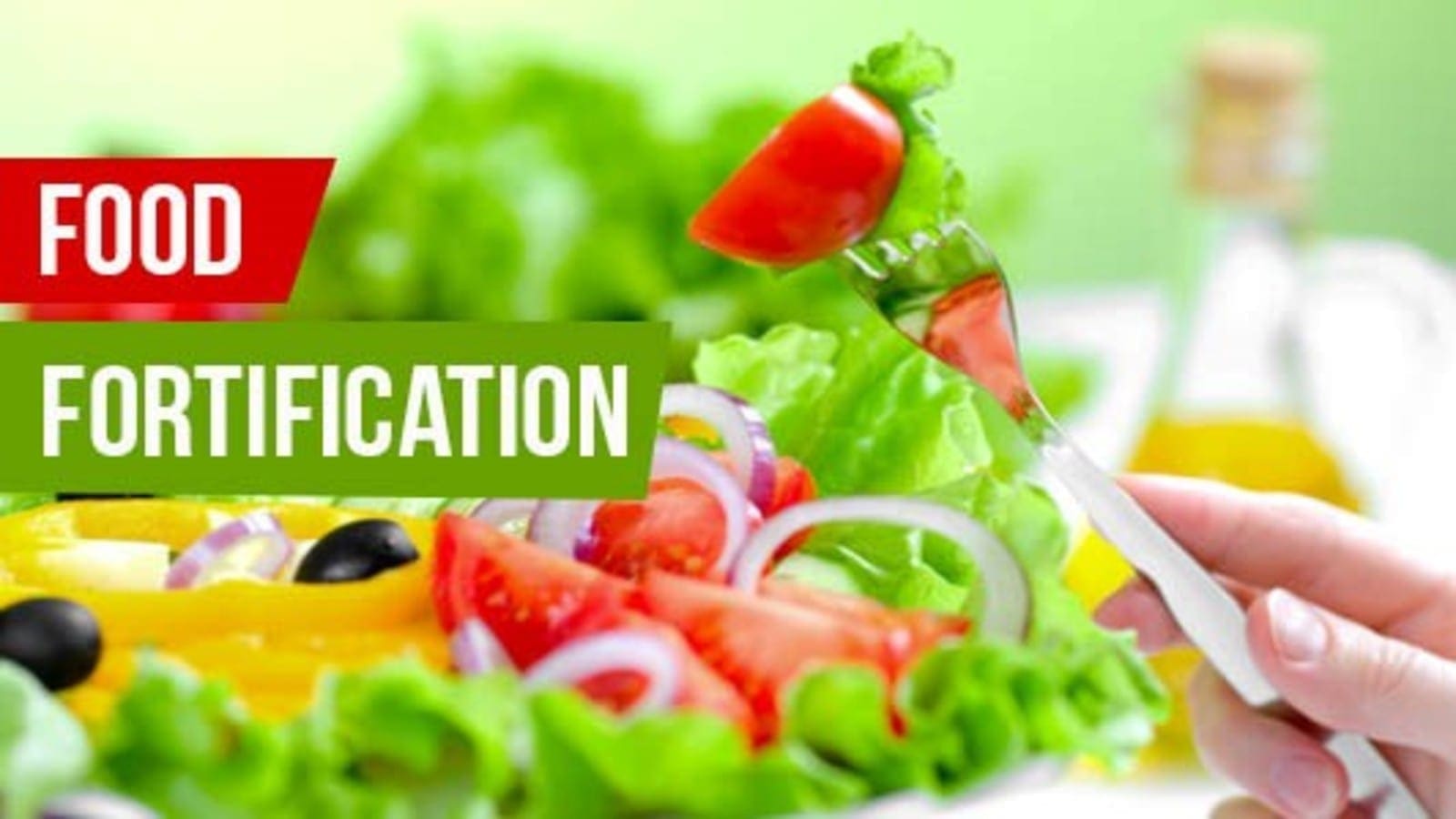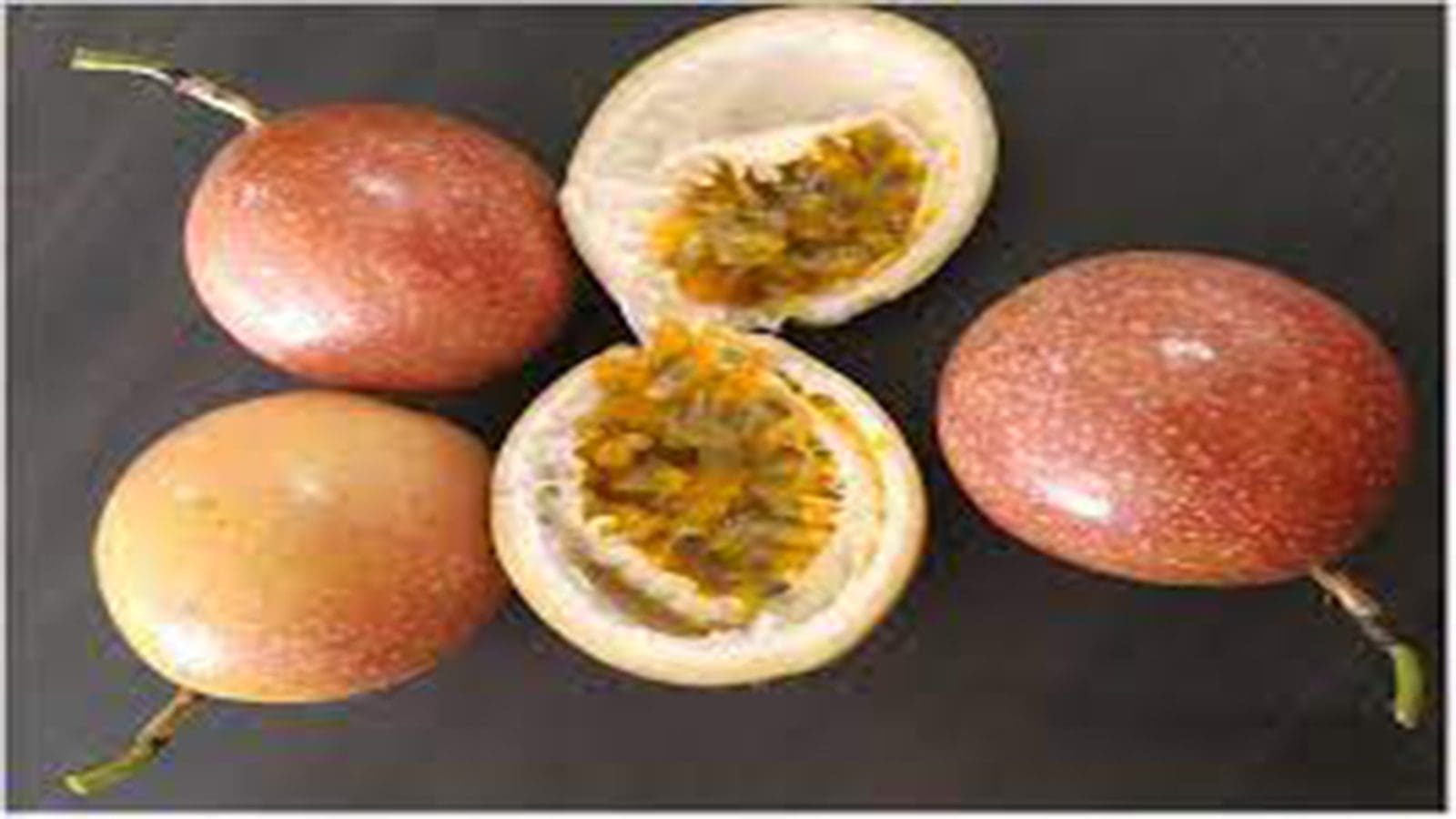UGANDA – The Government of Uganda, through the Ministry of Agriculture, Animal Industry and Fisheries (MAAIF) and Uganda National Bureau of Standards (UNBS), have embarked on a campaign to fight against the high Aflatoxin levels in food stuffs, to promote consumption of safe food in the country.
The campaign is in collaboration with the Grain Council Uganda (TGCU), Uganda National Farmer’s Federation (UNFFE), Food rights Alliance (FRA), Eastern and Southern Small-Scale Farmers Forum (ESAFF Uganda) and Participatory Ecological Land Use Management (PELUM Uganda).
The efforts, supported by Oxfam, come at a time when Uganda joins the world to celebrate World Food Safety Day 2022, under the theme: Safer food, better health.
Oxfam is a British founded confederation of 21 independent charitable organizations focusing on the alleviation of global poverty.
Aflatoxins result from moulding on grain caused by poor storage of foodstuffs in warm and humid conditions, and to a lesser extent, planting of affected seeds.
It is a type of mycotoxin produced by Aspergillus species of fungi, such as A. flavus and A. parasiticus. The umbrella term aflatoxin refers to four different types of mycotoxins produced, which are B1, B2, G1, and G2.
Aflatoxin B1, the most toxic, is a potent carcinogen and has been directly correlated to adverse health effects, such as liver cancer in many animal species.
High levels of Aflatoxins contaminate food crops like cereals, legumes, oil crops and others, posing a serious health threat to humans and livestock.
Besides health, high Aflatoxin levels are a major barrier to the exportation of Uganda’s agricultural produce to the East African Region and internationally.
Internationally, Aflatoxins pose a significant economic burden, which according to World Health Organization (WHO) 2018 report, causes an estimated 25% or more of the world’s food crop loss, consequently contributing to hunger.
To this end, the campaign aims to create awareness about aflatoxin and train all stakeholders in the value chains, right from the farm to the final consumer, on how to handle food to avoid Aflatoxin contamination.
This therefore calls for joint effort from every stakeholder to join the fight against high Aflatoxin levels in food.
This will contribute to the attainment of the National Development Plan III goal to ‘Increase household incomes and improved quality of life’ and Sustainable Development Goals: SDG 1 on No Poverty, SDG 2 on attaining Zero Hunger, and SDG 3 on Good Health and Wellbeing.
UNBS has called on farmers to adopt good agricultural practices that ensure the right moisture content in food to eliminate high Aflatoxin levels.
The regulator has also urged traders and manufacturers to acquire and adhere to the relevant UNBS quality standards and ensure that all the manufacturing processes meet the quality standards.
Liked this article? Subscribe to Food Safety Africa News, our regular email newsletters with the latest news insights from Africa and the World’s food safety, quality and compliance. SUBSCRIBE HERE








